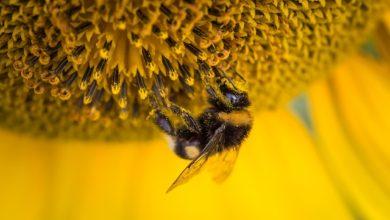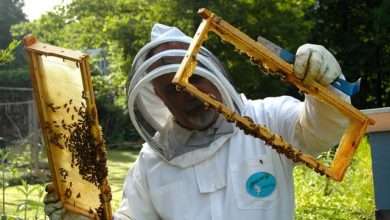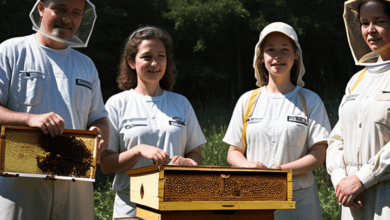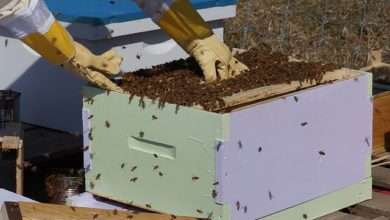What is a Walkaway Split
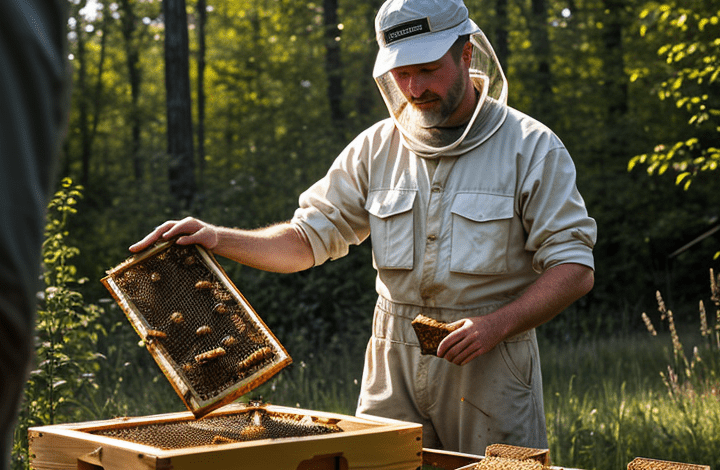
One of the key strategies in beekeeping is the walkaway split, a method that involves creating a new colony from an existing one. In this article, we will explore the significance of walkaway splits in beekeeping and delve into the benefits, timing, method, and challenges associated with this practice.
Benefits of Walkaway Splits
Walkaway splits are a common practice among beekeepers to manage the health and productivity of their colonies. By creating a new hive from an existing one, beekeepers can reap a variety of benefits that contribute to the overall success of their beekeeping operation. Here are some of the key benefits of walkaway splits:
- Increase in colony numbers: By performing walkaway splits, beekeepers can effectively increase the number of colonies they have. This can be advantageous for beekeepers looking to expand their operation or replace colonies that may have weakened or succumbed to disease.
- Reduction of swarming tendencies: Swarming is a natural behavior of honey bee colonies, but it can be disruptive and detrimental to beekeepers. Walkaway splits can help to reduce the likelihood of swarming by allowing the colony to expand in a controlled manner.
- Prevention of overcrowding: Overcrowding can lead to a range of issues within a bee colony, including reduced honey production and increased stress on the bees. Walkaway splits help to prevent overcrowding by creating additional space for the bees to thrive.
- Production of new queens: When performing a walkaway split, a new queen is often produced in the newly created colony. This can be beneficial for increasing genetic diversity within the bee population and ensuring the continued health and vitality of the colony.
- Maintenance of genetic diversity: Genetic diversity is crucial for the long-term survival and resilience of honey bees. By creating new colonies through walkaway splits, beekeepers can help to maintain genetic diversity within their bee population, reducing the risk of inbreeding and promoting overall colony health.
Walkaway splits offer a range of benefits for beekeepers, from increasing colony numbers to maintaining genetic diversity. By incorporating walkaway splits into their beekeeping practices, beekeepers can help to ensure the health and productivity of their colonies for years to come.
When to Perform a Walkaway Split
Performing a walkaway split is a crucial beekeeping task that can help prevent swarming and ensure the health and productivity of your colony. Knowing the right time to perform a split is essential for successful beekeeping. Here, we will discuss the key factors to consider when deciding when to perform a walkaway split.
- Recognizing the right time based on colony strength: It is important to evaluate the strength of your colony before deciding to perform a walkaway split. A strong colony with a healthy population of bees is more likely to successfully establish a new colony after a split.
- Considering environmental factors and nectar flow: Environmental factors, such as temperature and nectar flow, can impact the success of a walkaway split. It is best to perform a split when there is an abundance of nectar sources available to support the new colony.
- Understanding the reproductive cycle of the colony: Knowing the reproductive cycle of your colony is essential for determining the right time to perform a walkaway split. Bees are more likely to swarm during their peak reproductive period, so performing a split before this time can help prevent swarming.
- Monitoring for signs of swarming: It is important to regularly monitor your colony for signs of swarming, such as the presence of queen cells or a large number of bees accumulating near the entrance of the hive. Performing a walkaway split before these signs appear can help prevent swarming.
- Conducting frequent inspections: Regular inspections of your hive can help you assess the health and strength of your colony, as well as identify any potential issues that may warrant a walkaway split. By conducting frequent inspections, you can proactively manage your colony and ensure its success.
By taking into account colony strength, environmental factors, the reproductive cycle of the colony, signs of swarming, and conducting frequent inspections, you can determine the right time to perform a walkaway split. Being proactive and attentive to the needs of your colony will help you maintain a healthy and productive beekeeping operation.
How to Perform a Walkaway Split
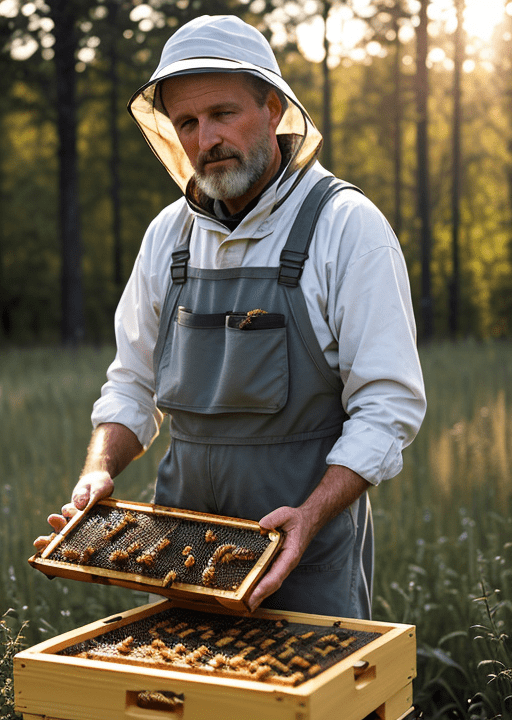
Performing a walkaway split is a common practice among beekeepers to increase the number of colonies and prevent overcrowding in the hive.
1. Gathering necessary equipment
Before starting the split, make sure you have all the necessary equipment, including extra hive boxes, frames, a hive tool, smoker, and protective gear such as a beekeeping suit and gloves.
2. Identifying the queen and ensuring she remains in the original colony
Locate the queen in the original colony before splitting to avoid accidentally relocating her. The presence of the queen is crucial for the colony’s survival, so ensure she stays in the original hive.
3. Relocating the original colony to a new location
Once you have identified the queen and ensured she stays in the original hive, move the colony to a new location a few meters away. This will prevent the bees from returning to the original hive and encourage them to establish their new colony.
4. Providing resources and space for both colonies to thrive
Make sure both colonies have enough resources such as honey, pollen, and space to build their new hive. Add frames with foundation to provide space for the bees to build combs and store food for the upcoming season.
5. Monitoring the progress of the split and making adjustments as needed
After performing the split, regularly check on both colonies to ensure they are thriving. Monitor the queen’s egg-laying patterns, food storage, and overall health of the bees. Make adjustments as needed to support the growth and development of both colonies.
Performing a walkaway split requires careful planning and attention to detail, but with the right techniques and equipment, you can successfully divide your bee colony and help them thrive in their new homes.
Challenges and Considerations
Performing a walk away split can be a beneficial technique for beekeepers looking to increase their number of hives and prevent swarming. However, there are several challenges and considerations to keep in mind when undertaking this process.
- Potential for failure in the split: One of the biggest challenges when performing a walk away split is the potential for failure. If not done correctly, the split may not be successful and could result in the loss of bees or even the entire colony.
- Risks of disease transmission: When splitting a colony, there is a risk of spreading diseases between the original colony and the new split. It is important to take precautions to prevent the spread of diseases and ensure the health of both colonies.
- Effect on honey production: Splitting a colony can have an impact on honey production. The original colony may produce less honey in the short term as it rebuilds its population, while the new split may not produce as much honey as expected.
- Impact on the original colony: Splitting a colony can also have an impact on the original colony. It may take time for the original colony to recover and rebuild its population, which could affect its overall health and productivity.
- Strategies for addressing challenges and minimizing risks: To address these challenges and minimize risks, it is important to carefully plan and prepare for the split. This includes ensuring that both the original colony and the new split have enough resources, such as brood, food, and space, to thrive. It is also important to monitor both colonies closely after the split to ensure they are healthy and thriving.
By understanding the potential challenges and considerations of performing a walk away split, beekeepers can take the necessary steps to ensure the success of the process and the health of their colonies.
Conclusion
A walkaway split is a valuable technique in beekeeping that can help beekeepers manage their hives effectively and promote hive growth. By understanding the process and taking proper precautions, beekeepers can successfully increase the number of hives in their apiary using this method.
FAQ:
What is a walkaway split in beekeeping?
- A walkaway split is a method of dividing a strong, healthy bee colony into two separate colonies, allowing beekeepers to increase colony numbers and prevent swarming tendencies.
How is a walkaway split implemented?
- To perform a walkaway split, the beekeeper simply locates the queen and moves her to a new hive with a frame of brood, pollen, and honey. The remaining bees will raise a new queen in the original hive.
When is the best time to perform a walkaway split?
- Walkaway splits should be performed when the colony has reached a significant population size, has an abundance of resources, and is not showing signs of swarming. Environmental factors, such as nectar flow and floral availability, should also be taken into consideration.
What are the benefits of performing a walkaway split?
- The benefits of walkaway splits include the increase in colony numbers, reduction of swarming tendencies, production of new queens, maintenance of genetic diversity, and prevention of overcrowding within the hive
Will a walkaway split harm the original hive?
- No, a walkaway split is a natural way for a colony to reproduce and can actually benefit the original hive by reducing the risk of swarming.
Is a walkaway split suitable for beginner beekeepers?
- Walkaway splits can be a good learning experience for beginner beekeepers, as it allows them to observe the natural behavior of bees and gain valuable hands-on experience in hive management. However, it’s recommended to seek guidance from experienced beekeepers before attempting a walkaway split.
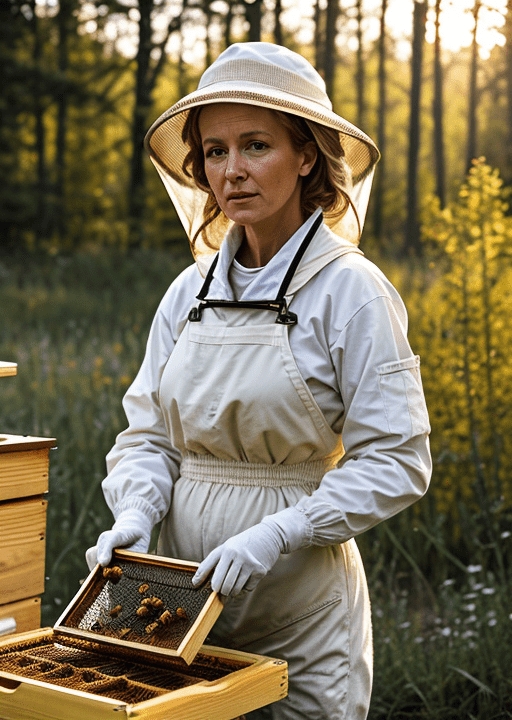
How long does it take for a walkaway split to fully establish?
- It can take several weeks for a new queen to hatch, mate, and begin laying eggs in the split hive. However, the bees will continue to thrive and build up the colony during this time.
What supplies are needed to perform a walkaway split?
- To do a walkaway split, you will need additional hive boxes, frames, a new queen (or the resources for the bees to raise a new queen), and basic beekeeping tools.
What should be done after a walkaway split is completed?
- After a walkaway split, it’s important to monitor both hives for the next few weeks to ensure that the new queen is successfully mated and laying eggs.
What challenges are associated with walkaway splits?
- Challenges associated with walkaway splits include the potential for failure in the split, risks of disease transmission, impact on honey production, and effects on the original colony. However, with proper management, these challenges can be effectively addressed.

